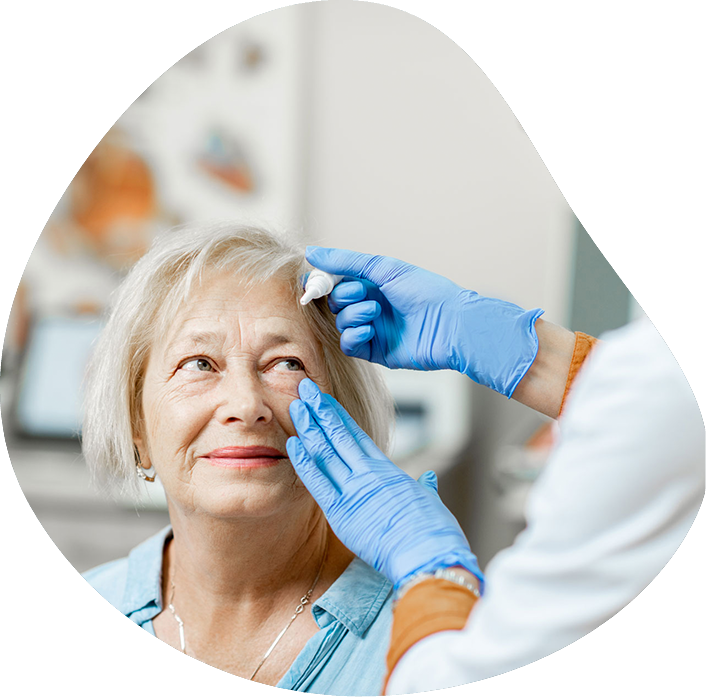The key to patient compliance?
Communicating results & scheduling appointments immediately after screening.
In Belgium more than 50% of the individuals with diabetes don’t have an annual ophthalmology exam. In many European countries like The Netherlands, UK, Portugal or Spain dedicated screening programs for diabatic retinopathy (DR) have been established, the aim is to allow more individuals to have their annual screening while giving back quality time to the ophthalmologists for diagnostics and treatments.
Usually the clinical pathway of the screening program is that fundus pictures are taken and analyzed later by an optometrist and/or an ophthalmologist. Therefore the individual gets the results several days after the screening. Pedersen et al. have demonstrated that giving the results days after the exam leads to poor compliance with follow-up medical appointments for the individuals diagnosed with referrable DR. In this study about ⅓ of the positive diagnosed patients take a follow up appointment with the ophthalmologist.
The use of artificial intelligence (AI) has the potential to be a paradigm shift for DR treatment. Pedersen et al. have demonstrated that giving to the patient immediately the result of the screening leads 70% of the referrable individuals to take a follow up appointment. To achieve these impressive results, there are 2 conditions:
- First is the use of AI to give immediately an answer about the need to see an ophthalmologist for suspicion of DR.
- Second is the set up of an appropriate clinical pathway between the screening center and the ophthalmologists, possibility to fix an appointment after the screening session. Giving also to the ophthalmologist access to the images and results to judge the urgency of the appointment.
Our conclusion?
AI has the potential to enhance earlier treatment of DR but new clinical pathways must be designed to take full advantage of it.
Consult the article of the study via this link.
Ressources : Redesigning Clinical Pathways for Immediate Diabetic Retinopathy Screening Results
Elin Rønby Pedersen, PhD, Jorge Cuadros, OD, PhD, Mahbuba Khan, MD, Sybille Fleischmann, MA, Gregory Wolff, MS, Naama Hammel, MD, Yun Liu, PhD, Geoffrey Leung, MD, EdM Vol. 2 No. 8 | August 2021 DOI: 10.1056/CAT.21.0096
Impact on
patients
Diabetic retinopathy is the number one cause of blindness amongst working age adults.
People with diabetes need to have an annual examination in order to identify DR at an early stage. Patients diagnosed with DR need regular screening to track the progress of the disease.
MONA lets you have a regular eye exam without waitlists or physical discomfort.
In minutes your doctor will tell you if you need further evaluation or if you can wait for your next annual exam.
Impact on
medical experts
Ophthalmologists can use MONA to improve patient workflow. A technician can capture retinal images and in 3 minutes you will know if the patient needs further care. Less time spent on diagnosis frees up time for more complex treatments and procedures. Patients will be more satisfied and likely to share positive experiences across their personal networks.
Diabetologists and endocrinologists can use MONA to add eye care to their patient evaluations. An automated 3-minute process means patients leave reassured — or with a referral to an ophthalmologist.




